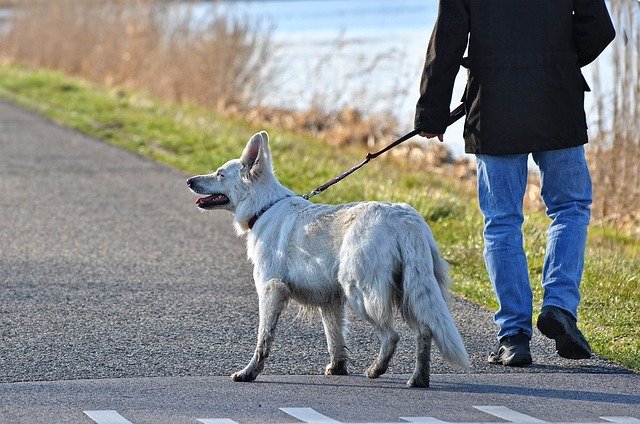
What It Means When Your Dog is Limping With One Back Leg
Over the past five to 10 years, veterinarians have been seeing more dogs who experience periods of limping on one of their back legs. While this sign can be indicative of a less serious soft tissue injury such as muscle bruising, tendonitis, or a hyperextension, it can also be a sign of a more serious condition, called cruciate ligament disease.
What is Cruciate Ligament Disease?
Similar to humans, dogs have a ligament that exists in their knee and connects the back part of their thigh bone (femur) to the front aspect of the shin bone (tibia). This ligament is called the cranial cruciate ligament (CCL) and is analogous to the anterior cruciate ligament (ACL) in humans. Like ACL injuries in human athletes, CCL tears are very common in our canine patients.
How do dogs get tears in their ligaments?
Although the CCL and the ACL perform the same function in canines and humans, dogs tear their ligaments in different ways than humans do. In humans, the condition is often associated with sharp turns, causing the ligament to rupture secondary to an immediate increase in tension.
However, in canines, CCL tears are thought to be the result of a degenerative process. The ligament is made up of several fibers that work together to form a single structure. In CCL disease, the fibers individually begin to let go until the remaining fibers are no longer able to perform the necessary functions and a complete tear occurs.
Watching for signs of CCL disease
As these small fibers let go, the observant owner will often notice periods of intermittent limping that resolves with time. It is not until the ligament ruptures completely does the dog begin to limp incessantly.
Although the exact cause of this degeneration is unknown, it is though to be a combination of breed, sex, age, weight and other environmental and genetic factors. There is even a new school of thought that prepubescent spaying and neutering may lead to an increased prevalence of orthopedic injuries such as CCL tears, although no definitive link has been proven at this time.
What kinds of dogs get CCL disease?
While CCL disease affects all breeds, it is more common in larger dogs, especially those with obesity or arthritis. Although it is commonly seen in canines, very rarely, felines may also be affected.
Diagnosing a torn CCL ligament in dogs
Any canine patient with a rear leg limp could have a CCL tear. To be sure, the veterinarian will perform range of motion tests on the knee joint. The two movements the veterinarian will test are called the cranial drawer and tibial thrust.
The veterinarian attempts to move the tibia (shin bone) in a forward motion relative to the femur. If the tibia does move in this direction, it is highly likely that the patient has a CCL tear since a healthy cruciate ligament will prevent this movement. The condition is then confirmed with x- rays of the affected knee.
Two ways to treat CCL tears in dogs
The first option, best for small dogs or those with partial tears, is to treat the pain and inflammation associated with anti-inflammatory medicine such as Carprofen. This joint supplement, along with strict exercise restriction for 6-8 weeks can reduce the pain and inflammation long enough for the body to lay down scar tissue within the knee to stabilize the joint.
A surgical fix for bigger dogs
Dogs with serious CCL tears, or dogs over 30 pounds, may require surgery. The three most common procedures performed are a tibial plateau leveling osteotomy, lateral fabellar suture, and tibial tuberosity advancement. The choice of surgical technique is often dependent on patient size as well as surgeon preference.
If you have a dog at home that is limping, please contact Essex Middle River Veterinary Center and set up and appointment to assess whether or not your pet could be affected with CCL disease.
– Dr. Wesley Leggett
Essex Middle River Veterinary Center provides medical and surgical care for cats and dogs at our animal hospital and veterinary clinic in Essex, Maryland, just outside of Baltimore. Our services include preventive wellness care exams, vaccines, spays/neuters, and a variety of specialized care. Our state-of-the-art veterinary offices are conveniently located near I-695 where we see pets from Towson, Honeygo, White Marsh, and other neighboring Baltimore areas.
